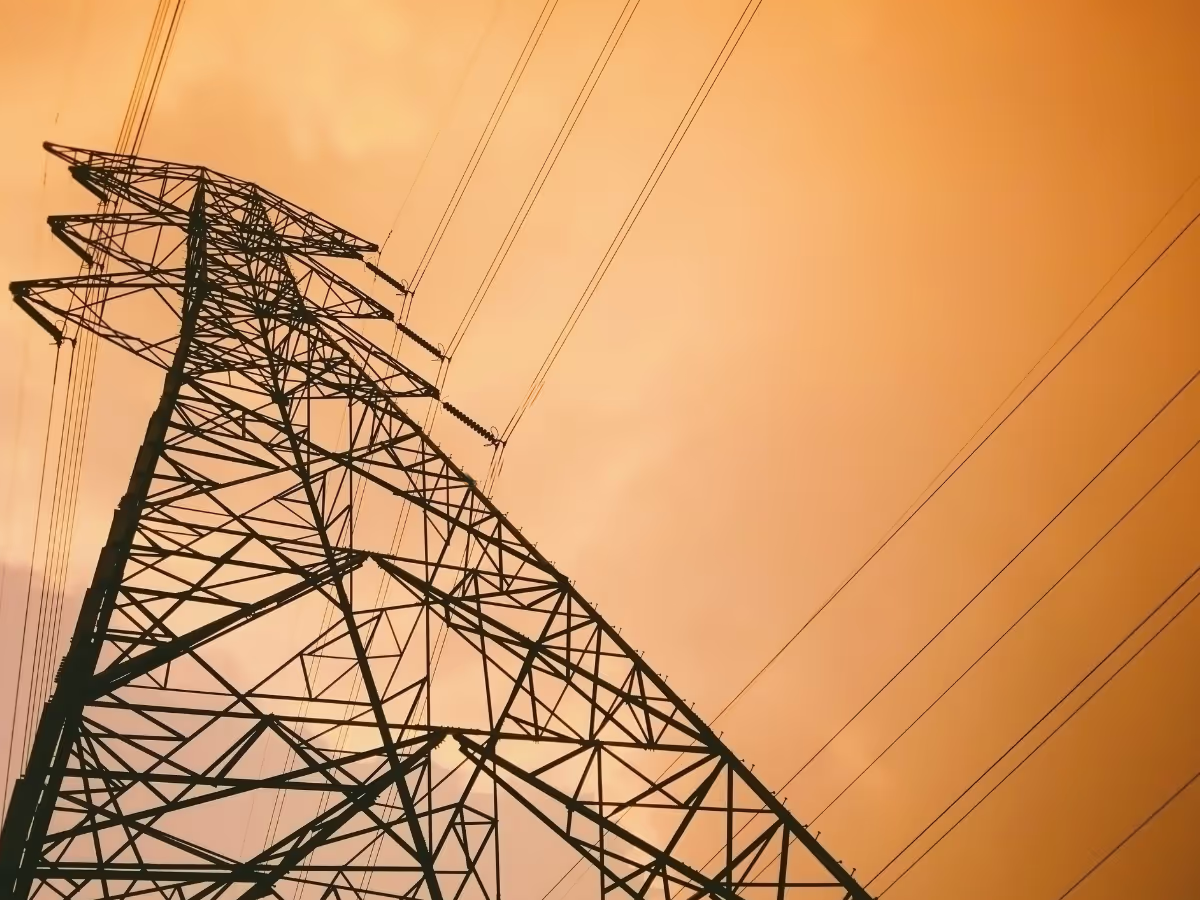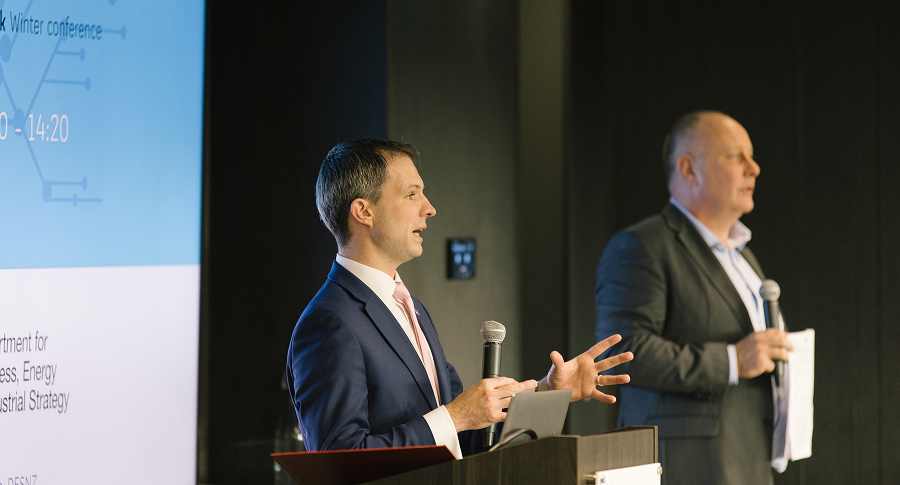The ENA's Strategic Connections Group has been looking at revising queue entry requirements to reduce congestion and introduce robust due diligence as a requirement for applications, to reduce speculative applications and prioritise development-ready projects. As context, the acceptance ratio stands at about 25%, with approximately 17 GW of applications at DNO level per month.
A short consultation of three questions is currently open until 11 November 2024. The ENA's intention is to publish the changes in November ahead of their rollout on 1 January 2025. It has been confirmed that the changes will not apply retrospectively.
The forthcoming changes aim to filter out speculative applications by enforcing stricter land, site drawing and project plan requirements, while Part 4 of the G99 application form will become mandatory.
Proposed land requirements
- Applicants will need to submit proof of their right or intent to acquire the land
- The current proposal is to include Heads of Terms as a new requirement in the application process
- A 36-month option agreement, legally binding for a minimum 20-year purchase or lease, is also under consideration as an alternative proposal. However, current thinking is to require a Heads of Terms agreement accompanied by a letter of authority.
Site drawing requirements
Detailed site diagrams
- From 1 January, far more detailed site diagrams will be required, compared to previous requirements
- These must include a clear title and legend to explain all symbols, colours and abbreviations
- Key infrastructure must be indicated, such as generation units, substations, transformers and access roads
- Diagrams will have to show where the project will connect to the network, including substations and power lines
- Elevation changes, bodies of water and environmentally sensitive areas will have to be included.
Single-line diagram
- Single-line diagrams reflecting the site diagram will be required to show how the system will connect to the network and provide details on all generation sources
- Circuit breakers, fuses and electricity meters must be included
- Cabling ratings, earthing arrangements and switchgear details are to be included.
Project plan requirements
Additional evidence will be required to validate the requested connection date and assess viability.
- A viability study to confirm the project's technical, financial and operational feasibility
- A detailed project plan outlining timelines, key milestones, resources and budgets, covering the entire lifecycle
- A risk management plan
- Applicants will have to demonstrate awareness of relevant regulations
- Key dates will have to be defined.
Clarity is needed from the DNOs on how much of this is expected to be done at the point of application, and how much is actually ongoing compliance.
Part 4 of the application form
Part 4 of the G99 application form will become mandatory providing technical data on power-generating units. This is intended to ensure compliance with necessary standards and help DNOs design a grid connection.
Next steps
Regen is represented on ESO's Connections Process Advisory Group and Ofgem's Connections Delivery Board and is engaging very actively in the connections reform processes, with the aim of ensuring:
- A dynamic and competitive pipeline of projects
- A clear, transparent connections process that enables commercial decisions to be made with confidence and does not create undue risk
- Developers have confidence in their connections offer as a key part of the development process.
With this agenda moving very fast, we invite members' feedback on these proposals.














